In terms of physical development, babywearing can help to improve a baby’s core strength by allowing baby to exercise his/her neck, head and back muscles. It also prevents flat head syndrome, which is common in babies that are placed on the back a lot.
4. Who can babywear?
Mothers, fathers, grandmothers, etc.
Babywearing is suitable for just about anyone.
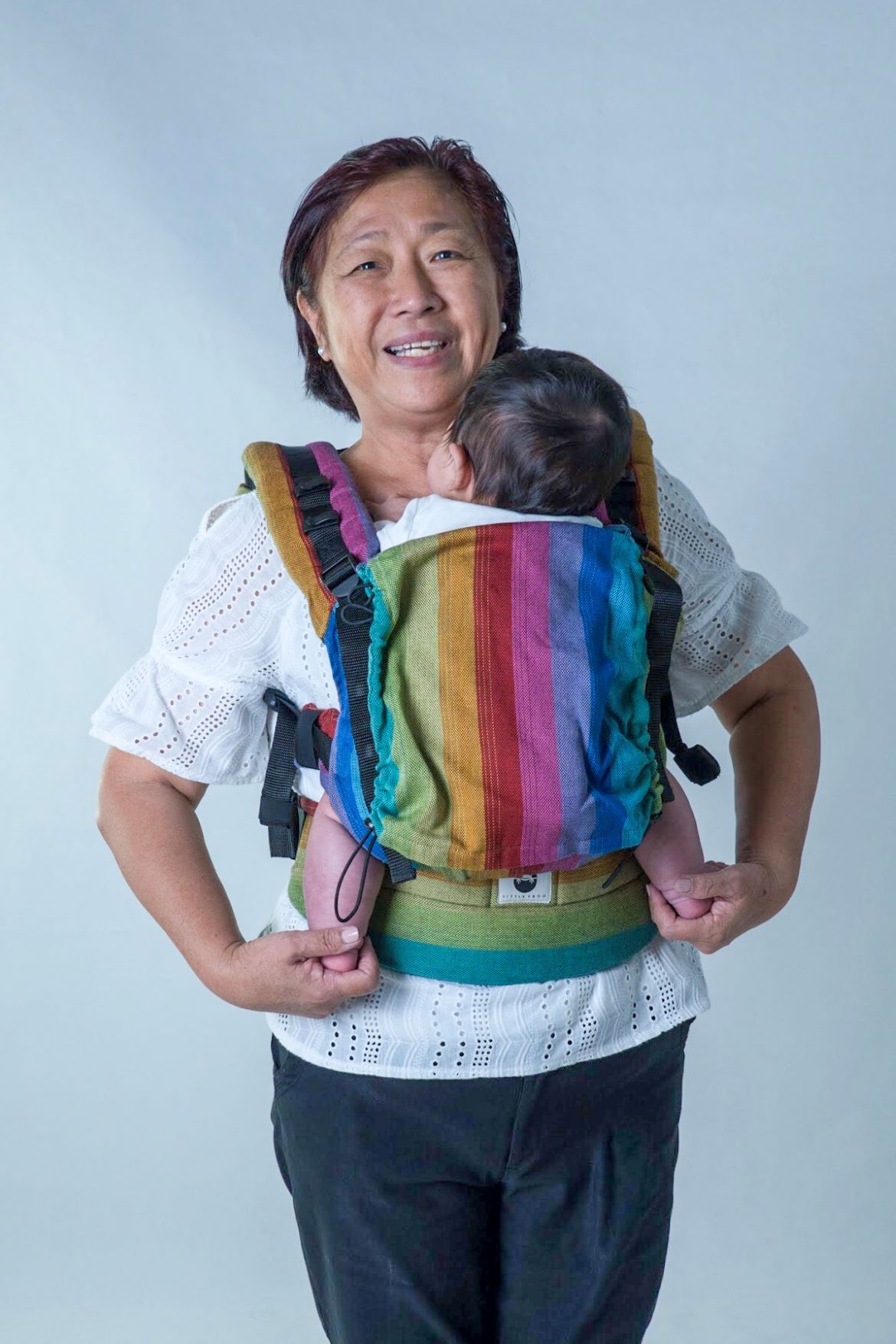
What about mothers who just gave birth? Can they start babywearing right after delivery?
Babywearing is great for bonding with the newborn, and most mothers who had their babies vaginally can babywear right from the very start. However, pregnancy does take a toll on a mother’s body so caution should always be exercised when babywearing right after birth.
If unsure, always seek clearance from your obstetrician prior to babywearing.
If a mother has not recovered fully from the pregnancy and has pelvic floor issues such as stress incontinence, babywearing can exacerbate the condition due to the downward pressure on the pelvic floor while carrying.
For mothers who underwent a caesarean section, babywearing too early could put a stress on the wound which would be painful and potentially dangerous if the wound reopens. While every mother is different and most mothers are able to babywear once they stop feeling the pain from the surgery, we recommend that mothers who have undergone a c-section seek clearance from their obstetrician before babywearing if they are unsure.
Other common issues that mothers have during pregnancy are pubic symphysis (pain at the front of the pelvis) and sacroiliac joint pain, which is pain at the base of the spine region at the back.
With baby carriers, the child’s weight is meant to be spread across the shoulder blades and spine/pelvic region. Therefore, if a mother has had pre-existing issues with these areas, babywearing might make it worse.
Does that mean that I can’t babywear if I have any of these conditions?
No. It depends on the technique and type of carrier used. Depending on your condition, a specific type of baby carrier, best suited to your needs may be recommended.
A certified Babywearing Consultant will assess your condition and work closely with you and your doctor to find the right solution for you.
As with any task we do in life, moderation is also key. If you carry a heavy load for a prolonged period of time, your muscles and joints will feel the effect of it and this can unnecessarily stress your body over time.
The same applies with babywearing. Having breaks in between to let your muscles and joints ‘catch a breath’ and relax rather than be on constant tension will ensure a happy and pain-free babywearing experience!
See original post here.
Rynette is the Founder and Managing Director of 13Thirteen. She is also one of the most experienced Certified Babywearing Consultants in the industry, having used a huge variety of baby carriers to carry all three of her children. Rynette has a background in Communications and Psychology, and enjoys sharing about babywearing in relation to a child’s development.
Louise returned to Singapore in 2006 after studying in Scotland, and has worked in an array of rehab settings in Singapore, from public hospitals (Changi General Hospital, Tan Tock Seng Hospital, National Heart Center), Ministry of Defence, nursing homes, private hospital Mount Elizabeth Orchard, before settling to private practice and specialising in musculoskeletal physiotherapy and spinal physiotherapy.
13Thirteen (pronounced “thirteen thirteen”) is a consultancy, retail and distribution business specialising in Babywearing, based in Singapore.

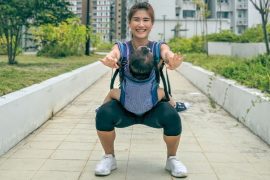
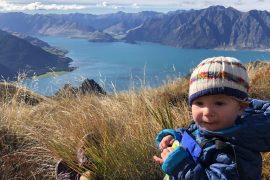

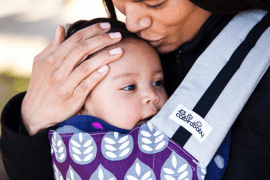


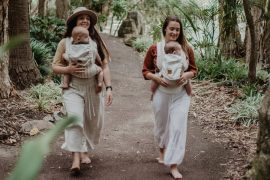

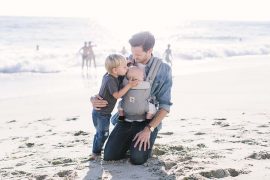

I had a CS and started baby wearing after 2 months.
In the long run, I started feeling back pains and that’s because she was really big.